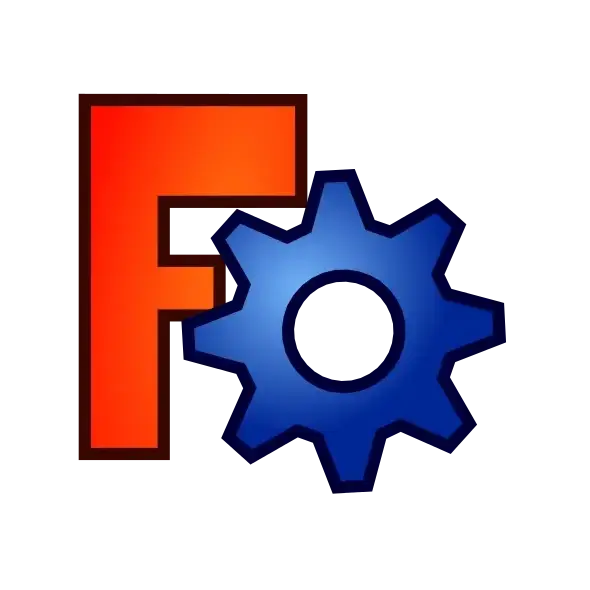Did you end up trying something?
- 0 Posts
- 10 Comments

 9·3 months ago
9·3 months agoI do think it’s important to be unassailable, because it’d be easy to say “the libs are making misleading claims” and then people not paying lots of attention will think there’s a “both sides” situation going on. I’m sure we all assumed it was literally on display as an exhibit; I was mislead. If you stick to transparent, honest language, the “both sides” stuff falls apart.
The MAGAs are unreachable, but the poorly-informed are out there too, and making them easier to confuse (by actually also spewing misleading-but-technically-true things) is not a good strategy.

 7·3 months ago
7·3 months agoMaybe, but that’s still insincere. When truth is on your side you don’t need to use weasel language.

 55·3 months ago
55·3 months agoIt was sold in the gift shop, not on display. I know it’s not an enormous difference, but let’s try our best to keep the misinformation just on their side.

 2·3 months ago
2·3 months agoThe best I have is to be careful to minimize dependencies, and minimize when I change the number of faces an object has, but of course that’s unavoidable sometimes. I don’t buy it that all CAD tools have the same problem or that this is how real professional CAD designers would work, though.
To minimize dependencies for example, instead of drawing the sketch for pad 2 directly on a face of pad 1, I might draw it on the base plane and transform the sketch to line up with pad 1’s face. The main consequence is that I need to manually move pad 2’s sketch if I change the size/position of pad 1. It’s a tradeoff, because I’m giving up some of the benefits of parametric CAD in exchange for easier fix-up.
I agree, mapping a datum plane to a face should have the same topo naming issue as just drawing on the face, so I don’t know why the guide would suggest that. The comment below about mapping datum planes to a simplified skeleton is interesting though.
The good news is that the next release (which sounds imminent) apparently improves it quite a bit.

 0·4 months ago
0·4 months agoThey definitely don’t know what they’re doing. They featured this one, which is a death trap. It has a disclaimer that it might not be safe above 120V, but it’s absolutely unsafe and a code violation in the US, where we use 120V (and are very litigious). The disclaimer says they’re trying to get it approved which implies they believe it could be and that the design is sound, but fundamentally it cannot meet code in the US for mains voltage use.
Even if the design were sound, there are material requirements, and having seen the quality of prints some people find acceptable, there’s no chance allowing random people online to print their own boxes is safe.
I think they basically run the contests and feature things based on “ooh this is neat” and “this will excite people to use 3d printers”. It’s a marketing thing, and I guess I accept it because I have low expectations of even pretty-good businesses. But if it’s illegal…someone should probably let them know.

 0·10 months ago
0·10 months agoBrother laser printers are great.

 0·1 year ago
0·1 year agoIt’s similar to AC-DC. From a simplistic perspective, efficiency at idle will be 0% because the converter itself still uses some power, then efficiency increases with load since the converter overhead becomes less significant as the useful work increases. Googling “dc dc converter efficiency curve” gives plenty of results.

 0·1 year ago
0·1 year agoKeep in mind that most 3d printing materials creep a little, so if you aren’t removing and reinstalling the gate periodically, it may loosen. Make sure it stays snug!

This looks great! I’m super happy with my MK4, and have never had to do anything with it after the initial kit build and re-seating the LCD cable to fix some early screen-blanking issues.
I’ll probably skip this for my own printer since it seems like most (but not all) of the speed up comes from layer height, but $99 is not terrible for anyone who gets value from it. And anyone buying a new printer gets this stuff with no price increase, which is nice and makes the MK4/MK4S even easier to recommend.
I didn’t know how much more dimensionally accurate Prusa’s prints are compared to the competition, but it makes sense now why there are so many calibration models online if that just isn’t the way every printer works. I’ve designed some parts that need an 0.1mm first layer because I’ve never had any failures with that, but I guess if I share the STLs other people might have trouble.